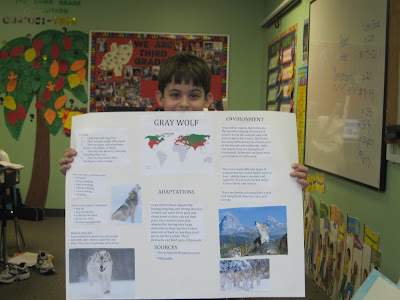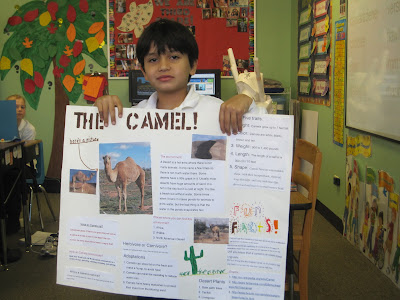Take a Trip Around the World with
Old St. Mary's School
"Summer Around the World."
"Summer Around the World."
Just a reminder that registration forms and deposit are due next week on Thursday, March 17 in order to secure a spot in OSM’s summer enrichment program.
If you need an extra program brochure and form, or if you have any questions please contact Mrs. Alyssa Salmon: asalmon@oldstmarys.com.
In regards to some feedback, we realize that there may be a conflict here or there, one particular being the White Sox Baseball Camp which overlaps with the first week of the camp. If you are genuinely interested in the camp, yet have a small conflict please feel free to contact Alyssa Salmon to discuss accommodations.
Also, in response to several inquiries, students currently enrolled in preK-2, moving onto kindergarten next year, qualify for the full-day school age camp! This is a great opportunity to bridge their preschool and academic career and ease any butterflies they may have about their kindergarten year.
The teachers working the summer program are busy planning and scheduling exciting trips and activities. We look forward to working with all our campers this summer!
We hope to see you as we depart for China





































